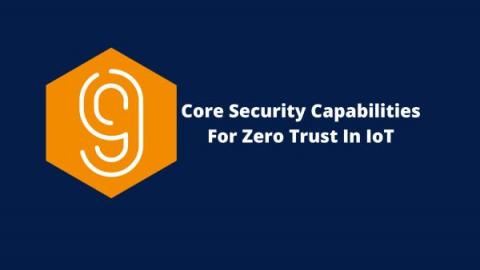Simplify File Sharing with Egnyte's Outlook Integration
If Microsoft Outlook is your preferred email application, we’ve got some good news for you. We recently released a new integration that simplifies file sharing for both web and desktop versions of Outlook. Without leaving the Outlook interface, Egnyte users can now: You no longer have to add bulky attachments to your emails, which makes it easier to share files with people beyond your corporate network.











